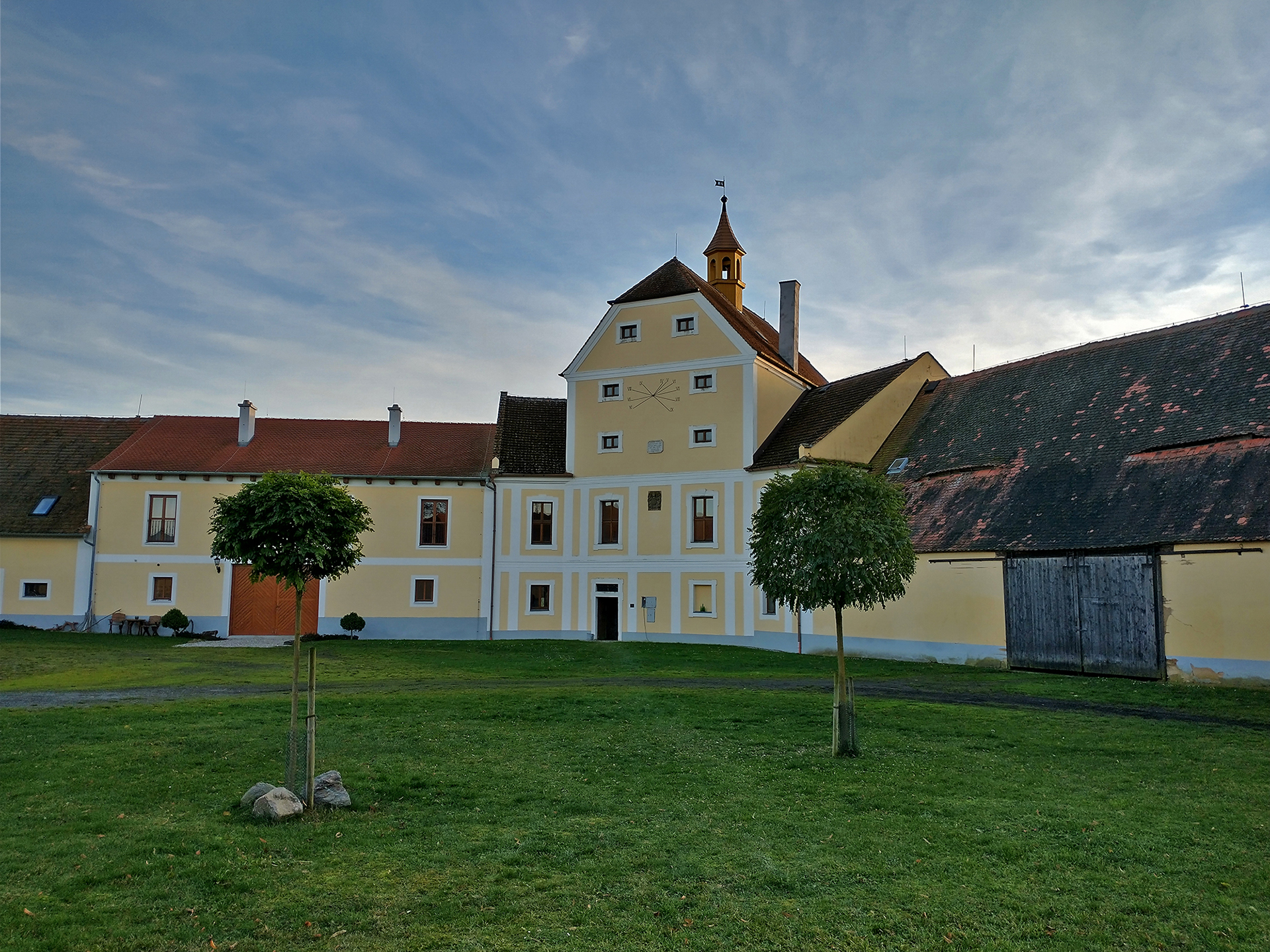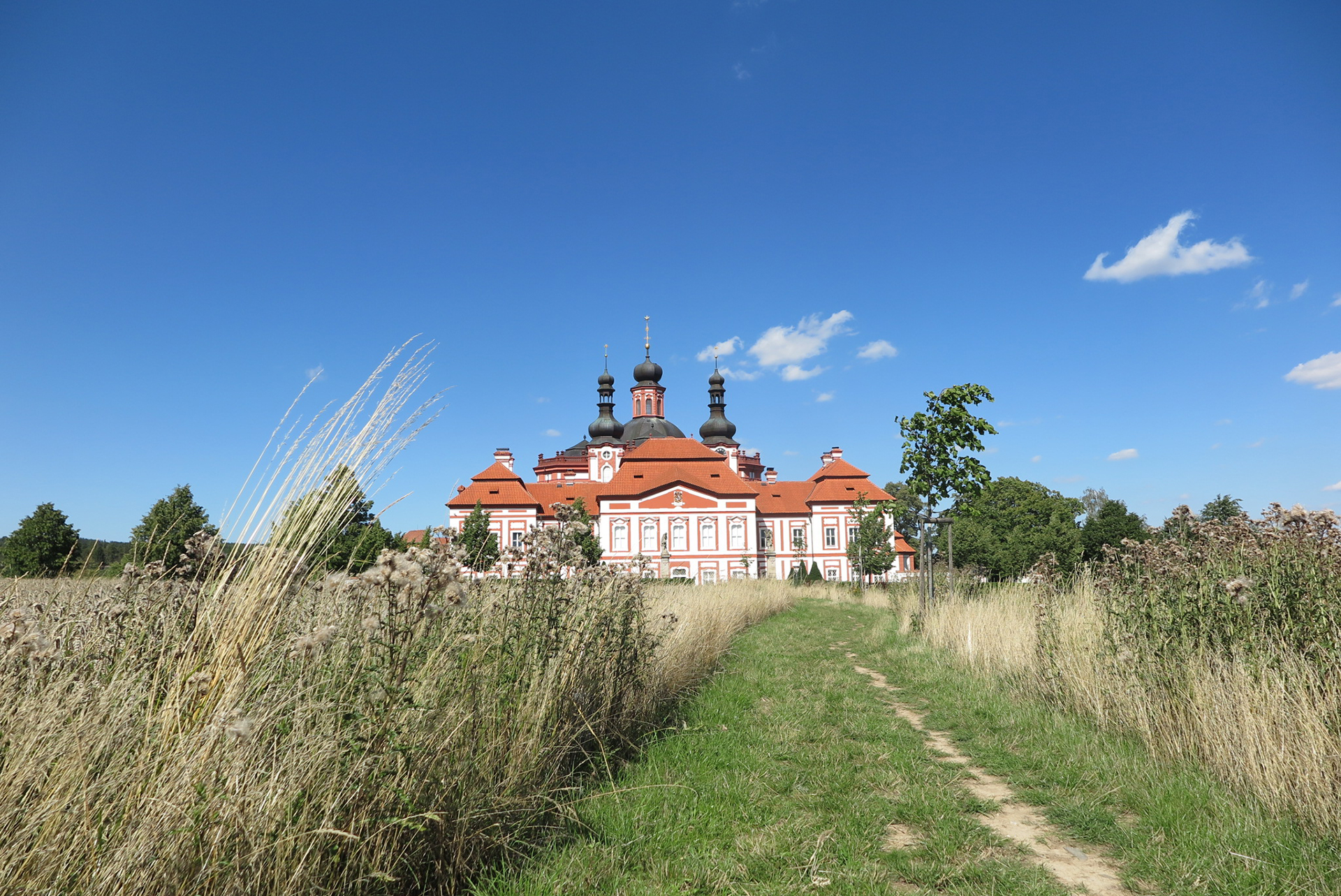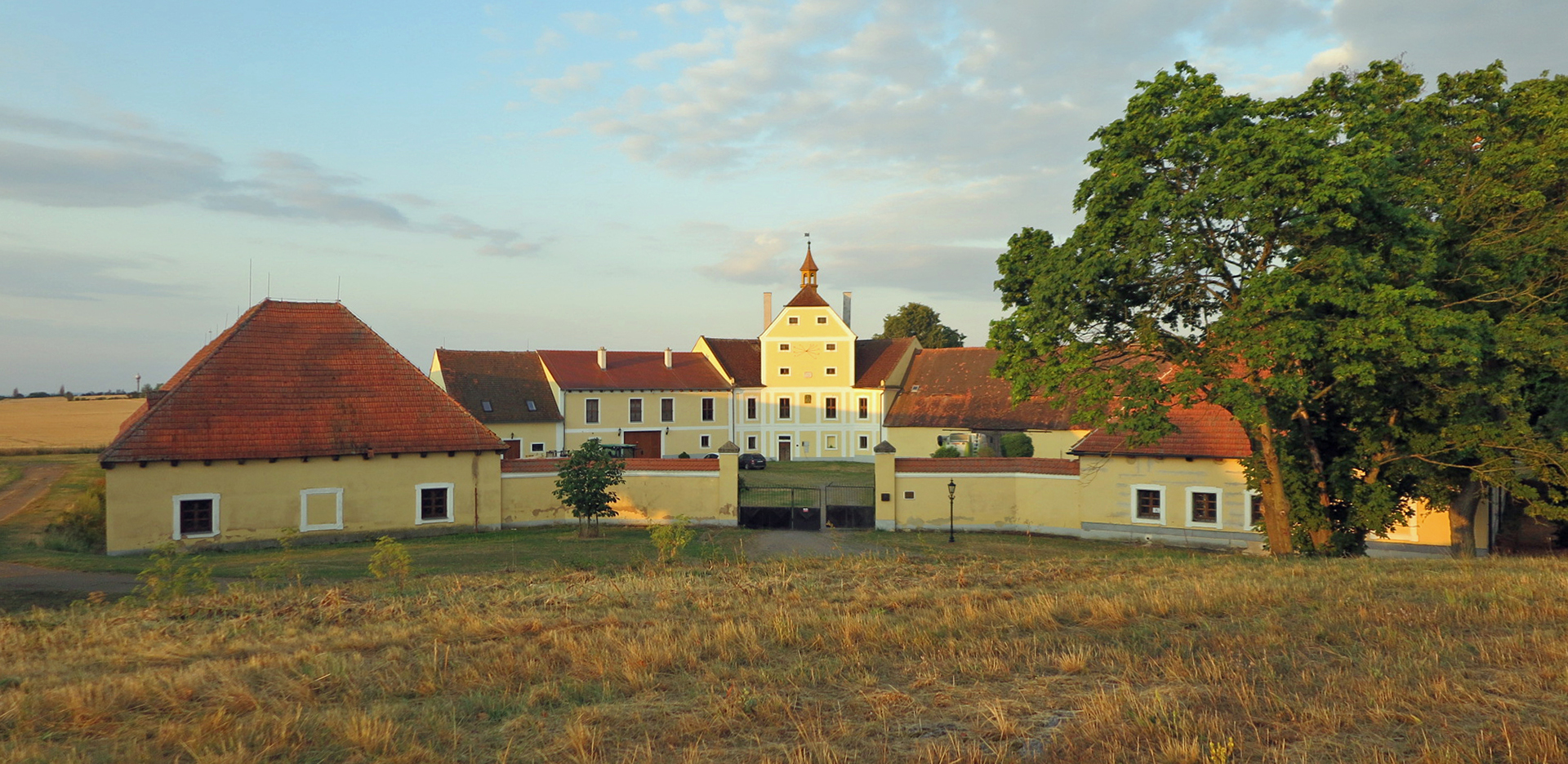PLASY
Founding date: 1146 (order number 204 according to Janauschek)
Date of dissolution: 1785
Filiation / mother monastery: Morimond-Ebrach / Langheim Monastery
Daughter monastery: /
Duke Vladislav II founded Plasy Abbey in the Střela Valley in 1144/1146 as one of the oldest Cistercian monasteries in Bohemia. Monks from Langheim in Franconia settled in Plasy. The monastery experienced a second heyday after the Thirty Years’ War: the new Baroque buildings of the monastery, the large four-sided courtyards and the pilgrimage church of Marianske Tynice still characterize the landscape today – as do the extensive agricultural areas for grain and fruit growing.
Audio version
Current events
Latest posts
The cultural landscape
The Plasy Monastery Landscape represents the preserved cultural landscape on an area of around 20 square kilometers in the Pilsen-North district. The center line is formed by the Střela River (Natura 2000). The development and shape of the landscape has been shaped since the first half of the 12th century. influenced by the local Cistercian monastery.
It is a sparsely populated area with small villages. The Cistercians founded some of the villages themselves, while the appearance of others was significantly influenced by them in later centuries. Especially when monks transformed the pillars of their economy – farmsteads (granges) – into villages or villages into farmsteads. It is precisely the farmsteads that form an exceptional series of valuable monuments in the Plasy cultural landscape, artfully embedded in the landscape, which have no analogy in the Czech Republic.
In the area, in addition to the villages mentioned, we find a preserved network formed by important historical paths (with newly planted tree avenues), small sacral and tree monuments, avenues, ponds, mills, …. As in other European countries, the Cistercians in the Czech Republic influenced the entire appearance of the landscape, which they presented “by imprinting the seal of God on the area”. The Cistercian traces from the 18th century are the most legible today.
The preservation of many elements in the landscape to this day – despite the abolition of the monastery 250 years ago – is unique. This happened thanks to the new owners, the Austro-Hungarian Chancellor Klemens von Metternich, who maintained the use of the landscape – primarily through agriculture and forestry.
Text: Elisabeth Seel/Photo: Ivo Kornatovský





